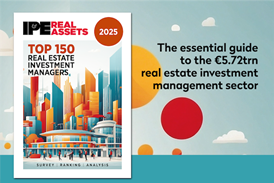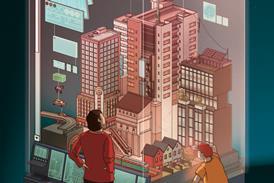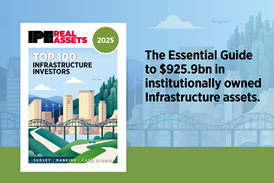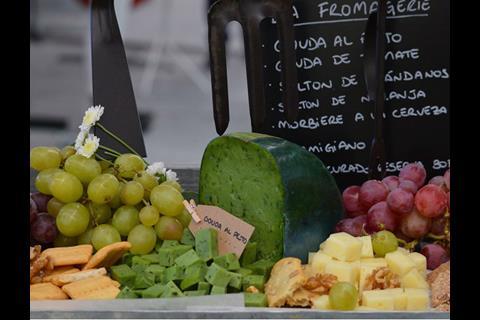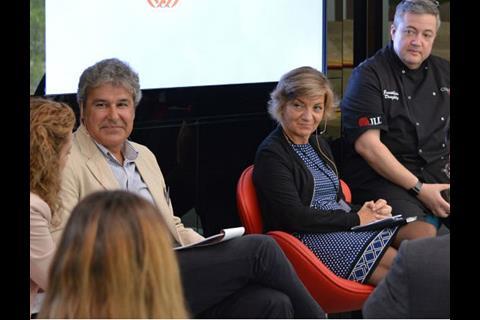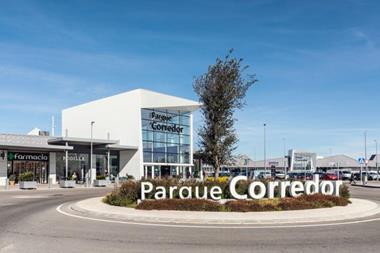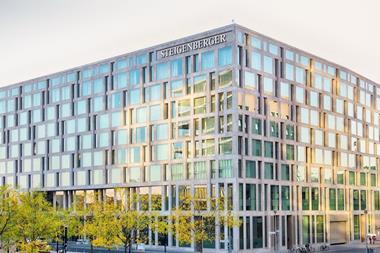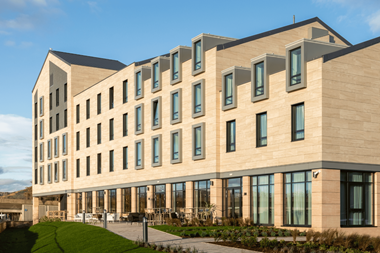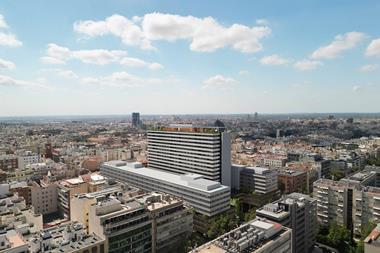The food court, where shoppers are herded together like cattle, could happily soon be a distant memory. Consumers now demand food as good as their favourite high street restaurant. How should shopping centres respond?
Shoppers are falling in love with food. However, with an increasing number of food concepts to choose from, restaurant customers can tire of a new offer after just three months. This was the view of Jonathan Doughty, head of EMEA, Foodservice Consulting at JLL, speaking at a special food and beverage investment briefing at JLL's offices in Madrid.
Groundbreaking change
Such a seismic shift in customer attitude is challenging for asset managers who are rethinking how they manage their retail portfolio. According to Marta Cladera de Codina, head of Iberia at TH Real Estate, who also spoke on the panel, the investment approach to a centre’s food and beverage offer has changed radically. 'We use to want to reduce it and change it to fashion, where we could get more money. Food and beverage was considered a risk. Now we see it as an opportunity. We want to be flexible and look at what we can adapt to fit new concepts in.'
Investor objectives for a shopping centre will vary. Core investors are low risk but see further ahead and are willing to invest in a more radical rethink of a centre's food and beverage offer, value add investors want more immediate results for perhaps less investment. What the panel agreed on was that doing nothing is no longer an option, and could seriously hamper a shopping centre’s performance.
The drive for more investment in a good food and beverage is powered by the concern over e-commerce, said Sergio Fernandes, head of retail Spain at JLL. 'Investors do see food and beverage operators as bringing in less rent, but they also accept that a good leisure offer will oblige people to spend more time in a shopping centre.'
All managers want solid cash flow and solid footfall, he added. But offering a different food and beverage line-up enhances a centre’s attraction. 'We want modern, trendy, different. 90% of the retailers are the same in all our centres. Local players make the difference.’ But goals are not always aligned between a new tenant and the shopping centre. ‘A shopping centre wants exciting new operators, but that doesn’t always correlate with the lease terms they are prepared to offer,’ added Fernandes.
Doughty warned that putting an independent ‘mom and pop’ restaurant in a shopping centre without support was doomed to failure. ‘The dynamics of running a restaurant in a shopping centre are completely different, from the volumes, demand patterns to delivery of supplies. We are in our infancy in this industry. If we want to take geniuses who produce great food in towns and villages we need to help them, educate them that, for example, at 2pm on a Saturday in a shopping centre it will be hell on earth. We don’t do that at the moment.’
Leisure-backed business model
It's taken traditional shopping centres a long time to recognise the huge contribution a strong leisure offer can make to trading, according to Mercedes de Pablo, director of resort management at Intu Spain. De Pablo has over 25 years' experience in the entertainment and hospitality industry, and joined JLL in January this year. 10-15 years ago, only the hospitality industry was talking about experience, she said.
'The food always had to be good, now theming, experience and service has come to the fore. I was really surprised coming into retail real estate that there are a lot of numbers and footfall indicators, but there is a real lack of insight as to who our guests are. I say everyone has a name; they are mothers with kids, couples, friends and families. Who are they? What do they like?'
Respond, revamp and renew
It's not enough to have new food and beverage offers in a centre. Restaurant operators themselves need to continually renew the mix and look of what they offer to their increasingly savvy and choosy clientele.
Many are rising to the challenge, according to Luis Miguel Burgaz, director of development at Italian restaurant Piamontesa. He said: 'We have seen many brands expanding out of their countries. People are demanding better quality, and so are we of our sites. At one of our sites in Tarragona, we refurbished a 700 m2 space and brought in a flour factory. It’s now a reference site for the whole population who want to go and be seen there. We do different things in different places.'
'A couple of years ago the average time a restaurant chain changed its menu was after two and a half years,' said Doughty. 'Your biggest enemy is customer boredom, not the shopping centre down the road.'
De Pablo agreed: 'We need to change what we offer more often. Why do shoppers go to Zara twice a week? Because they know they’ll get something different.’ Burgaz responded that he was happy to hear this. ‘We want to offer fresh ideas and concepts, but sometimes shopping centres are very difficult about what we can offer.'
Experiential shopping
A major issue for shopping centre management is showing the value of experiential shopping. Intu is investing significant time and effort into developing the shopping centre experience in their centres. The company is being brave in taking a risk, according to Doughty, but it’s determined to prove to valuers that a space which has been run by five operators in five years can generate a similar amount of sales per square metre as one operator. While new is exciting, de Pablo said that good traditional operators should not be disregarded. 'We don’t need to change the food and beverage offer completely, traditional operators are also making money, often using new technology in a fresh way. We need to mix it up.'
